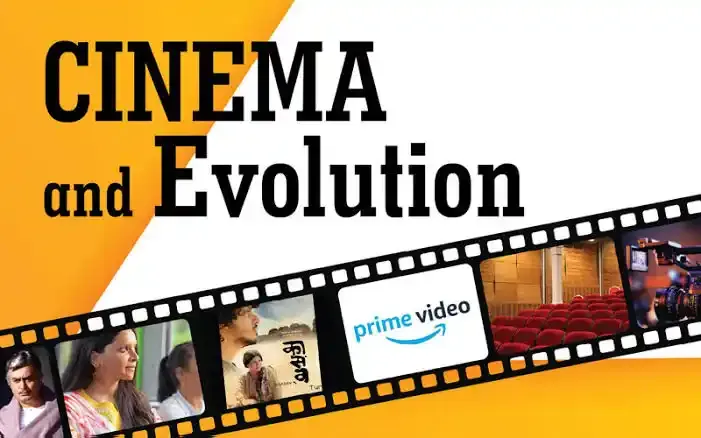The evolution of cinema can be traced back to ancient times when our ancestors gathered around the warmth of a fire, using flickering flames to cast captivating shadows on cave walls, weaving tales of mythical creatures and unlikely heroes.
Today, as audiences immerse themselves in extravagant, effects-laden blockbusters on towering IMAX screens, they essentially reenact that primal storytelling experience. In the 21st century, filmmaking remains a profound art of storytelling, combining words and images to bring narratives to life.
This article, part of a comprehensive series, seeks to construct a cinematic history narrative by exploring a curated selection of films spanning the past century. Each entry delves into the film's origins, tracing its inspirations and production process, spotlighting the talented individuals who shaped it, and examining the lasting influence it has left behind.
The narrative unfolds across different eras, starting with the silent era when pioneers explored the potential of moving pictures. Progressing to the 1930s and 1940s, the golden age of cinema, when movie theaters dotted every main street and films became cherished forms of mass entertainment, featuring iconic stars like Humphrey Bogart, Katharine Hepburn, and James Stewart.
The 1950s witnessed a global surge in cinematic masterpieces from Europe, India, and Japan, with notable filmmakers such as Henri-Georges Clouzot, Akira Kurosawa, Yasujirô Ozu, Nicholas Ray, and Satyajit Ray.
The 1960s and 1970s ushered in a new generation challenging established conventions, paving the way to the present, where films are crafted with technology once deemed science fiction, conjuring entire worlds at the touch of a button.
The beauty of cinema lies in its inherent ability to be perceived uniquely by each individual, offering a diverse pathway into its appreciation.

